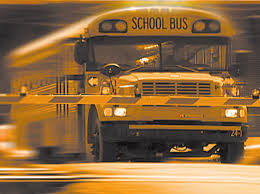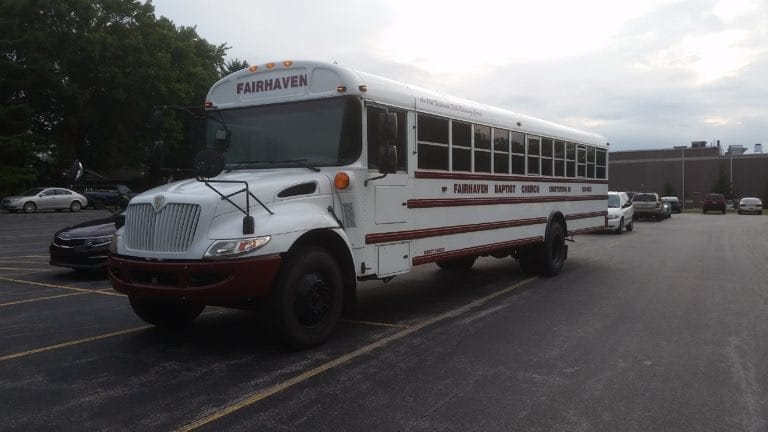Additional Railroad Crossing Techniques
Additional Safety Techniques
When approaching the crossing, slow down and test your brakes to make sure they will safely bring the bus to a complete stop.
Keep your foot on the brake so you can’t move or be shoved into the path of the train.
Never attempt to pass, stop, or back up on the railroad tracks.
Never change gears on the tracks and always cross in the lowest gear. If your bus has a manual transmission, do not shift gears when crossing a track.
A train moving at 60 MPH is moving at approximately 90 feet per second and can cover a quarter mile in about 15 seconds. It takes a bus approximately 15 seconds to cross a set of tracks. So even though a train may seem to be a long distance away, there actually may not be enough time to cross the tracks before the train arrives. So be sure to leave plenty of room for error.
Never attempt to race a train and cross the tracks just ahead of it. More than one fatality has occurred because a bus driver became impatient and wasn’t able to make it across an intersection.
Try and avoid “inching up” to get a better look at the tracks. A trains engine can overhang the track by 3 feet on either side. So keep your distance at all times. The only time you should inch up is if you haven’t made it to the 15-foot limit line.
Use the rock and roll method to get the best possible view of the tracks. This requires you to shift your body in order to obtain the best possible view of the track.
Be aware of the number of tracks you will be crossing and make sure no trains are approaching from either direction on any other tracks, and double check all tracks before continuing.
Know your route. Map out any crossings along your bus driving route to help spot and perform correct crossing procedures, when driving a new route or in bad weather.




One Comment